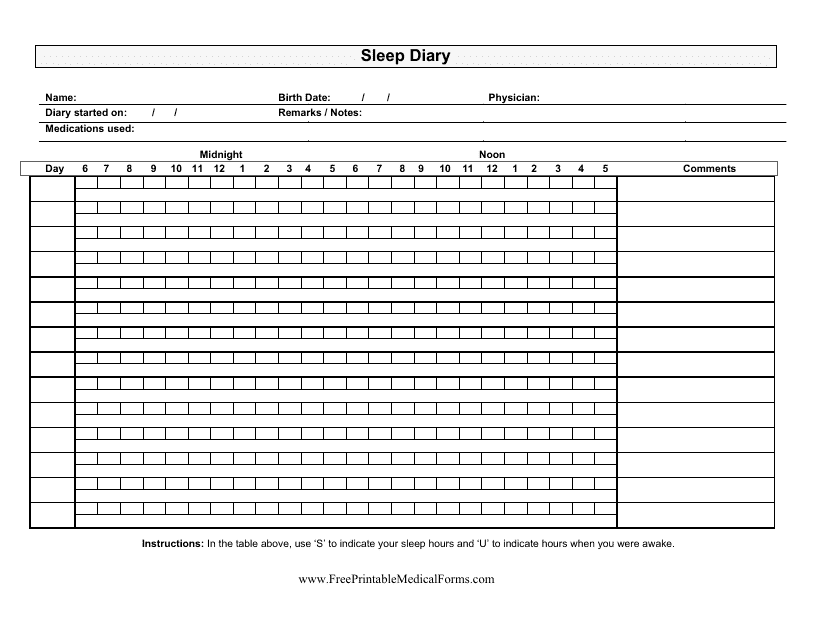

Furthermore, 63% of mental health patients report significant sleep loss ( 10, 11) notably, around three quarters of depressed patients will have sleep symptoms ( 12). Examples include chronic pain, arthritis and urinary dysfunction ( 2, 9). A vast number of sleep, medical and psychiatric conditions can lead to EDS through a combination of sleep deprivation and fragmentation.

This is a syndrome of chronic, voluntarily restricted sleep often found in individuals who work long and varied shifts in their job, or restrict their sleep in favour of another activity (e.g., watching television) ( 8). Commonly, EDS resulting from sleep deprivation can be described as a behaviourally-induced insufficient sleep syndrome (BIISS).

A large study in 2000 found that 1/3 rd of Americans slept on average less than 6.5 h each night ( 2). Sleep deprivation is the most common cause of secondary hypersomnia ( 1, 2, 4). Secondary hypersomnias, as the name suggests, are characterised by EDS secondary to another condition affecting sleep, such as obstructive sleep apnoea hypopnoea syndrome (OSAHS), periodic limb movement disorder (PLMD) or circadian rhythm disorders (CRD). Primary hypersomnias have a central origin, and include conditions such as narcolepsy and idiopathic hypersomnia. This is not surprising when it is considered that a 1999 study found alcohol-impaired individuals at the legal limit for driving and sleep-disordered individuals performed equally badly in reaction time tests ( 2, 7). These incidents result in over 71,000 personal injuries and around 1,550 deaths each year ( 5, 6). One source reported that annually in the US over 50,000 motor vehicle incidents can be attributed to sleepiness while driving ( 2), while another source puts this figure at over 100,000 ( 4). At a societal level, more insidious consequences can occur. On the individual level, it leads to reduced levels of performance and graduation rates at school or work, as well as impairments of concentration, memory and mood ( 2- 4). Sleepiness during the day can have a significant effect on an individual and a society. Around 20% of the general population describe being so sleepy that it interferes with their daily activities on at least a few days per week or more this figure rises to 43% when relating to a few days a month or more ( 2). EDS is a common complaint in many areas of medicine. Excessive daytime sleepiness (EDS) refers to an increased propensity and subjective compulsion to sleep, as well as a tendency to take involuntary naps and suffer sleep attacks when sleep is inappropriate ( 1).


 0 kommentar(er)
0 kommentar(er)
